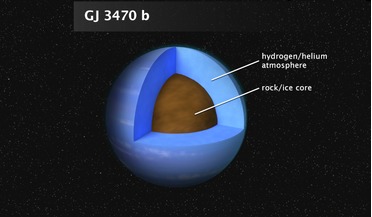 03 July 2019
New study reveals detailed exoplanet atmosphere
03 July 2019
New study reveals detailed exoplanet atmosphere
.... "We expected an atmosphere strongly enriched in heavier elements like oxygen and carbon which are forming abundant water vapour and methane gas, similar to what we see on Neptune,” said Benneke. "Instead, we found an atmosphere that is so poor...
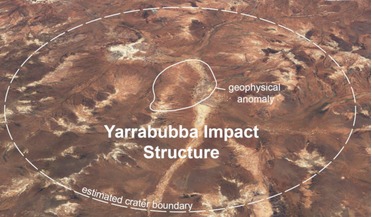 22 January 2020
2.2 billion year old impact crater is confirmed as Earth's oldest
22 January 2020
2.2 billion year old impact crater is confirmed as Earth's oldest
.... If the meteorite hit Earth when it was covered by an ice sheet between 2 to 5 kilometres thick, up to half a trillion tonnes of water vapour, a greenhouse gas, could have been released into the atmosphere from the melting ice within moments...
 29 July 2020
Puzzling new gas signatures found on Mars
29 July 2020
Puzzling new gas signatures found on Mars
... modelled contributions from a variety of different gases for this spectral range. The deepest lines come from water vapour (light blue). The strongest O3 feature (green) is on the right, and distinct CO2 lines (grey) appear on the...
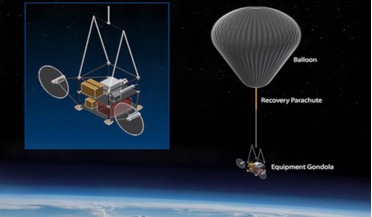 18 December 2020
Experiment to dim sunlight with chalk dust under review
18 December 2020
Experiment to dim sunlight with chalk dust under review
... runs the risk of ozone loss and heating of the lower tropical stratosphere. This in turn, would increase water vapour concentration causing additional ozone loss and surface warming. For this reason, the team settled on using...
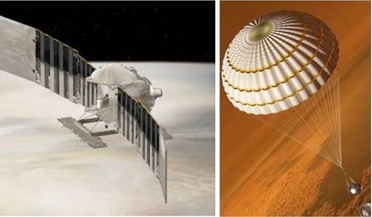 03 June 2021
Nelson announces NASA’s return to Venus
03 June 2021
Nelson announces NASA’s return to Venus
... from orbit with radar and infrared sensing, partly to figure out whether active volcanoes currently release water vapour into the atmosphere. NASA expects the two missions to get underway in the “2028-2030 timeframe”, according...
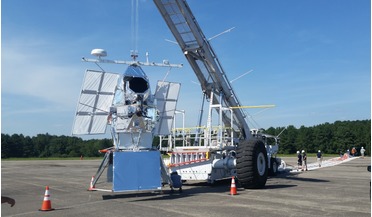 21 July 2021
New balloon-borne astronomical telescope to rival Hubble
21 July 2021
New balloon-borne astronomical telescope to rival Hubble
... atmosphere. Without our atmosphere we could not survive, but when it comes to studying the Universe, molecules such as water vapour in our skies can block out or attenuate incoming radiation making it difficult to observe the light from distant...